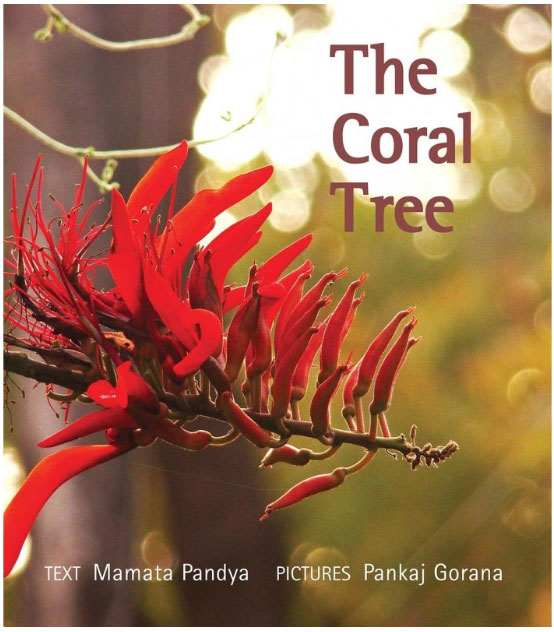On Nature
Mamata Pandya
When I started my journey as an environmental educator, I remember clearly a passage that I read, and that perhaps shaped my perspective and response to the world around me. It explained the difference between “looking’ and “seeing”. ‘The dictionary says that to look means to direct your eyes in a particular direction, while in order to see, you must notice or become aware of someone or something. Seeing is not only noticing that something is, but understanding it, attending to it, and looking past the obvious to enjoy its more subtle nuances. It means noticing not only the details but also how those details are part of a whole. Thus seeing is not just a function of the eyes but rather a combined effort of the eyes and the brain, which work together to sort out visual input and arrange it into meaningful images, within a context, and with significance to detail’.
At that time I had not read so much of Gijubhai’s writing. Over the years as I progressed on my journey of writing about the environment, I also read more by Gijubhai. I found that his writing was permeated with his observations about nature, and how wonderfully they bridged the gap between looking and seeing. Every observation goes beyond the obvious, and captures the less easily-noticed aspects of the surroundings that we often take for granted. He also reminds us how it is not just through the eyes that one sees but all the other senses play an equally important part in how we look and see. His notes describe the subtle nuances—the feel, the fragrance, the sound, and the even the taste.
My own writing on nature started more in my role as an instructional designer, with the mandate to communicate the science of different aspects of the environment in a ‘teacher-learner friendly’ and creative way. This meant that I myself had to learn the facts first. It was an enriching experience for me, as I got the opportunity to teach myself so much that I had not been exposed to in my own formal academic journey. As an advocate of ‘hands-on’ learning, I tried to write activities that would engage children in exploring and discovering the world around them through using all the senses, and becoming ‘detectives’ -- looking for clues to unravel the mysteries of nature. This remained a joyful challenge throughout my formal professional life.
In the last few years, I have had the flexibility and time to simply look and savour nature around me. Even surrounded by an ever-growing concrete jungle of urban life, I have found that there is much to see and discover even in the tiny pocket of green that is my garden, the trees along the road, and nearby park. It is exciting to wake up and find small changes—a new flower or leaf, a change in the direction of the breeze, a previously unsighted bird... My earlier research helps me to add a bit of science to the aesthetics in the journaling exercise.
Gijubhai used to share a lot of his notes on nature through the weekly Budhwariyu magazine The Magic of the Seasons.
I try to share mine through my weekly blog posts. www.millennialmatriarch.com
Books
Articles
More to Come...
